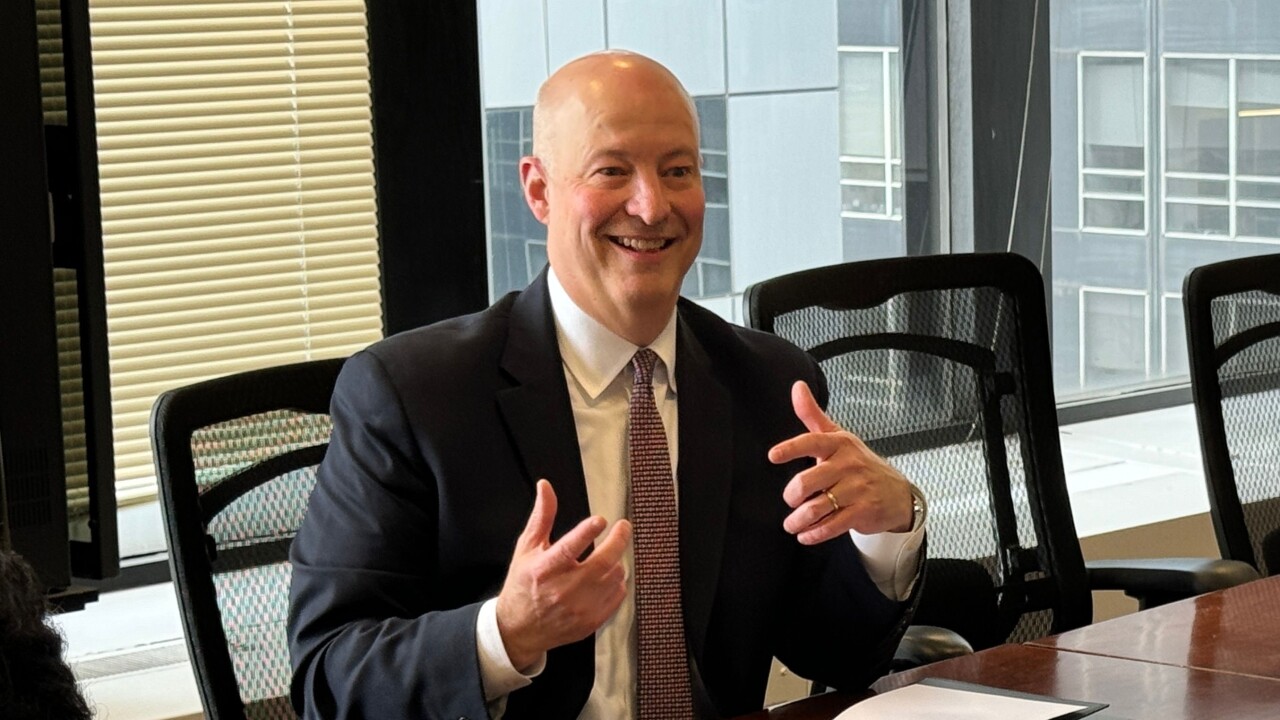New Code Section 1400Z, added to the Tax Cuts and Jobs Act as an amendment late in the legislative process, created Qualified Opportunity Zones, which offer significant tax breaks to investors seeking to defer or abate their capital gains. The QOZs are an attempt to attract investments to designated low-income communities, as that term is defined by Section 45D of the Code for New Markets Tax Credits.
Such opportunity zones, designated by the Treasury Department based on recommendations from governors using data supplied by census tracts, include nearly 9,000 areas in rural and urban areas in states across the country, and include most of Puerto Rico.
The QOZ program was meant to incentivize private sector investment in these areas, spurring economic development and job creation. Investors can defer capital gain by investing in a Qualified Opportunity Zone Fund. The gain is deferred until the end of 2026, so long as gains are reinvested in the OZ fund within 180 days of being recognized. If the interest in the OZ fund is held for at least five years, 90 percent of the gain will then be recognized, while only 85 percent of the gain will be recognized if it is held for at least seven years. If the interest in the fund is held for at least 10 years, up to the end of 2047, the taxpayer may make an election for a step up in basis to the fair market value on the date the interest is sold or exchanged, thereby eliminating gain on the appreciated amount.
The advantages of an investment in an Opportunity Zone can be tremendous, but to get the full benefit the investments should be made by the end of 2019. However, potential investors have hesitated until now, waiting for a clearer picture of the QOZ landscape before jumping in. Now, that clearer picture is emerging, with the issuance of proposed regulations on Oct. 19, 2018. While the proposed regs don’t answer all the questions, they will be supplemented by additional proposals shortly.

“The proposed regs are more favorable than we thought they might be back in June or July,” said Jeffrey Bowden, a tax principal at Top 100 Firm Anchin. “A lot of investors were sitting on the sidelines, waiting for some guidance to actually do a Qualified Fund. The regs provide answers for some of the more straightforward structures, but we're still waiting for guidance on the more sophisticated structured funds.”
“A lot of the answers were taxpayer-friendly, but there were a couple of things we would have liked to see that weren’t in the proposed regs,” said Paul Gevertzman, a tax partner at Anchin. “For example, the 10-year period where you can eliminate gain by a step-up to fair market value was extended, but the initial deferral period was not extended. We were hoping that the guidance would say that if you go into 2020 you still have the opportunity for the benefits of a seven-year deferral, but you don’t – the deferral period lasts until Dec. 31, 2026. As you get closer to 2026, you lose some of the benefits.”
“The biggest benefit of the program is if you invest in a fund and hold it for 10 years, you have until 2047 to sell the property and not pay tax on the gain,” he said. “It’s nice to get the deferral for a few years, but the home run is to invest $1million in a fund and sell it in 20 years for $20 million, and the $19 million in appreciation goes away.”
“Early purchasers in QOZs will pay lower prices, but some of the property owners in these areas will start increasing their prices once the program takes off,” said Robert Gilman, an accounting and audit partner and co-leader of the Real Estate Group at Anchin. “You may be paying significantly more in a year or two for property than you would currently pay, so get in on the ground floor now.”
“There was a lot of talk about starting Opportunity Zone Funds, but nobody wanted to go very far along until regulations came out,” said Jay Blaivas, a partner in the Federal Tax Practice Group of law firm Morrison Foerster.
“Under the proposed regulations, a QOZ business may retain cash, cash items, and certain debt as reasonable working capital for up to 31 months without causing a failure of the 90 percent asset test,” said Blaivas. “They make it clear that a partner in a partnership may defer its share of qualifying capital gains of the partnership by reinvesting the gains in an OZ Fund. They also provide guidance on the methods to be used in calculating compliance with the 90 percent test, and they clarify that the requirement that ‘substantially all’ of a Qualified Opportunity Zone business’s tangible property consist of QOZ business property will be satisfied if 70 percent of its tangible property so qualifies.”





